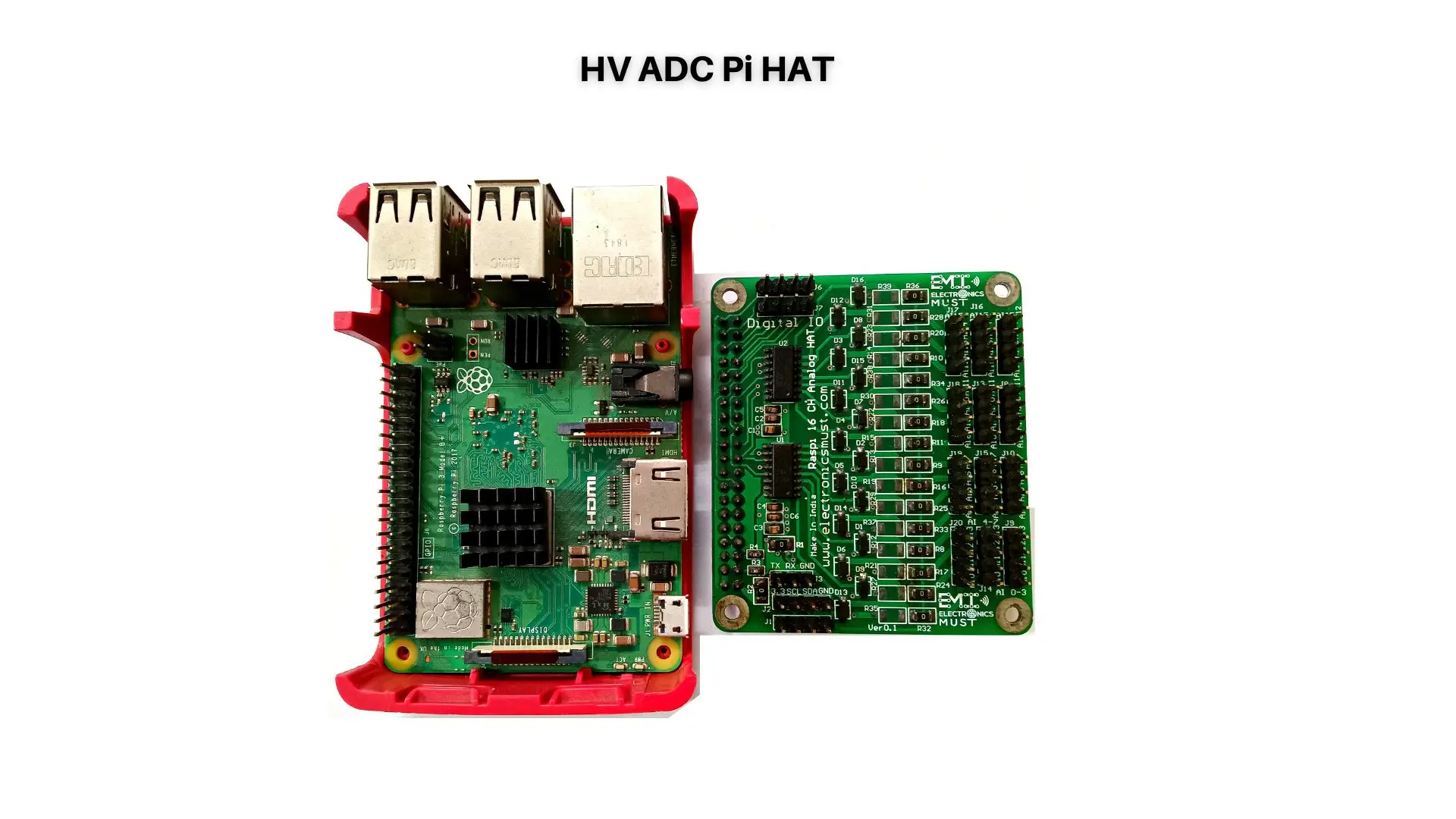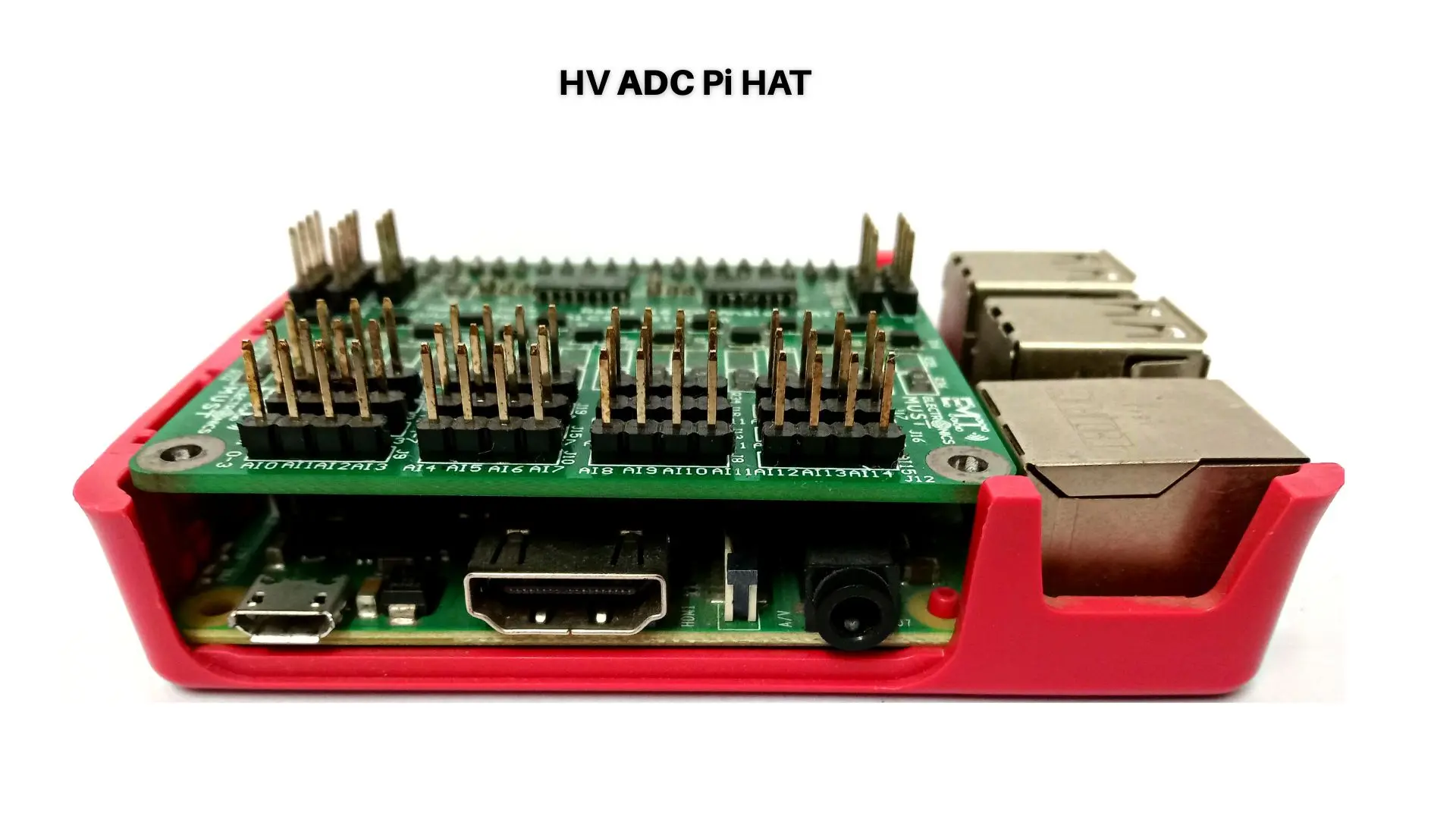Electronics design is an essential aspect of the development of robotics and automation. Robotics and automation systems require precise and reliable electronics that can control and monitor the systems’ performance. Electronics design for robotics and automation is an interdisciplinary field that involves the integration of electrical engineering, computer science, and mechanical engineering.
The field of robotics and automation is rapidly growing, and electronics design is a critical aspect of its development. Designing electronics for robots and automated systems requires careful consideration and attention to detail. Here are five crucial tips for electronics design in robotics and automation:
Optimize Power Consumption: Efficient power consumption is critical in robotics and automation. Robots require a significant amount of power to operate, and the electronics must be designed to efficiently manage that power. Implementing power-saving modes when the robot is not in use, and designing efficient power supplies can significantly reduce power consumption.
Use High-Quality Sensors and Actuators: Sensors and actuators are essential components in robotics and automation, and the use of high-quality sensors and actuators can significantly improve the performance and reliability of the system. These components must be carefully chosen and tested to ensure they are compatible with the system’s requirements.
Implement Robust Communication Protocols: Robots and automated systems often need to communicate with other devices, such as computers or other robots, and the electronics must be designed to support these communication protocols. Implementing robust communication protocols and ensuring that they are compatible with other devices can significantly improve the system’s performance.
Optimize Control Systems: The control system is responsible for processing the data collected by the sensors, making decisions based on that data, and sending commands to the actuators. The control system must be designed to be fast, reliable, and efficient, ensuring that the robot can respond quickly and accurately to changes in its environment. Optimizing the control system can significantly improve the robot’s performance and reliability.
Test and Validate the System: Testing and validation are essential in electronics design for robotics and automation. The system must be thoroughly tested and validated to ensure that it is functioning correctly and is reliable. Testing should be done in various environmental conditions to ensure that the system is robust and can handle different scenarios.
In conclusion, electronics design is a critical aspect of robotics and automation development. Efficient power consumption, high-quality sensors and actuators, robust communication protocols, optimized control systems, and thorough testing and validation are essential tips for electronics design in this field. As robotics and automation continue to grow and evolve, it is crucial to keep these tips in mind to design reliable and precise electronics for these systems. By following these guidelines, designers can ensure that their electronics systems are optimized for performance, efficiency, and reliability.






